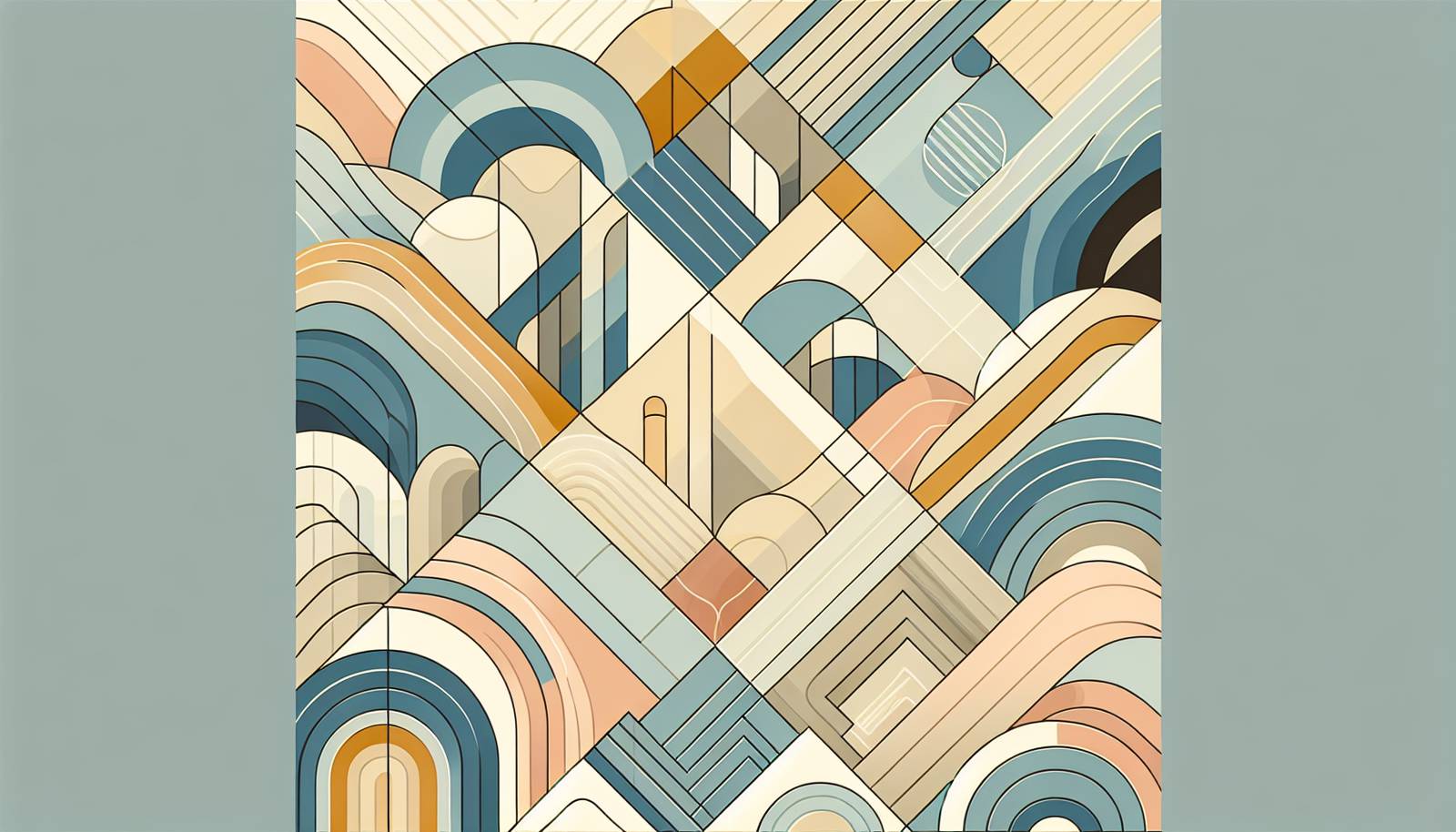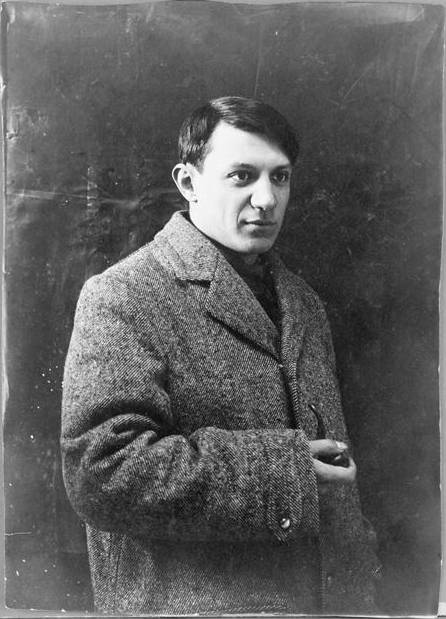
FAQ About Pablo Picasso

Who was Pablo Picasso?
Pablo Picasso was a Spanish painter, sculptor, and one of the most influential artists of the 20th century. He was born on October 25, 1881, in Málaga, Spain, and he spent most of his adult life in France. Picasso is renowned for co-founding the Cubist movement, as well as developing a wide variety of styles throughout his career. His most famous works include 'Les Demoiselles d'Avignon' and 'Guernica'.

What is Cubism, and how did Picasso contribute to it?
Cubism is an art movement that emerged in the early 20th century, characterized by geometric shapes, fragmented objects, and the depiction of subjects from multiple perspectives. Pablo Picasso, along with Georges Braque, pioneered this movement. Picasso's contribution to Cubism involved experimenting with form and perspective, leading to some of his most iconic works, such as 'Les Demoiselles d'Avignon'.

When did Pablo Picasso create 'Les Demoiselles d'Avignon'?
Pablo Picasso created 'Les Demoiselles d'Avignon' in 1907. This groundbreaking work marked a pivotal moment in his career and is often seen as one of the earliest examples of Cubism. Its bold abstraction and unconventional portrayal of the human form challenged traditional artistic conventions.

What is the significance of Picasso's painting 'Guernica'?
'Guernica' is one of Picasso's most powerful political statements, created in response to the bombing of the Spanish town of Guernica during the Spanish Civil War in 1937. The painting captures the horror and suffering caused by war through a chaotic and dramatic composition. It serves as a poignant anti-war symbol and remains one of Picasso's most revered works.

Where was Pablo Picasso born?
Pablo Picasso was born in Málaga, a city in the Andalusian region of Spain, on October 25, 1881. Málaga's rich cultural environment influenced his early development as an artist.

How did Picasso's painting style evolve throughout his career?
Throughout his career, Picasso's painting style evolved significantly, reflecting various phases and influences. His work is often categorized into distinct periods, including the Blue Period, Rose Period, African art and Primitivism phase, Cubism, Neoclassicism, and Surrealism. Each period demonstrated a different artistic approach and thematic focus, showcasing his versatility and innovative spirit.

What was the Blue Period in Picasso's career?
The Blue Period spanned from 1901 to 1904 and was characterized by a predominance of blue tones and somber themes. Picasso's artworks during this period often depicted impoverished and marginalized individuals, reflecting his own emotional struggles and the societal hardships he observed.

What are some notable works from Picasso's Rose Period?
During the Rose Period (1904-1906), Pablo Picasso's work took on a warmer tone, dominated by shades of pink and orange. Notable works from this period include 'Gertrude Stein' (1906) and 'Boy with a Pipe' (1905). These paintings reflect a more cheerful and optimistic outlook compared to the previous Blue Period.

How did Picasso's African art and Primitivism phase influence his work?
Picasso's African art and Primitivism phase heavily influenced his approach to form and abstraction. Fascinated by African masks and sculptures, he began incorporating these elements into his work, resulting in a radical departure from conventional European aesthetics. This influence is evident in 'Les Demoiselles d'Avignon', where faces are depicted using geometric shapes and fragmented forms.

Did Pablo Picasso ever create sculptures?
Yes, Pablo Picasso was not only an accomplished painter but also a prolific sculptor. He explored sculpture throughout his career, experimenting with different materials such as wood, metal, and plaster. His sculpture work, like his paintings, was innovative, often incorporating Cubist principles.

Why is Picasso considered one of the greatest artists of all time?
Picasso is considered one of the greatest artists of all time due to his profound impact on the art world and his versatility across various media. He was a pioneer of modern art, constantly reinventing his style and technique. Picasso's legacy includes a vast body of work that comprises paintings, sculptures, ceramics, and prints, influencing generations of artists worldwide.

What is the Picasso Museum, and where is it located?
The Picasso Museum refers to several museums dedicated to showcasing the works of Pablo Picasso. Notably, the Museo Picasso Málaga in Spain and the Musée Picasso in Paris, France, are significant. These museums house extensive collections of Picasso's works, providing insights into his artistic journey and evolution.

How did Picasso's relationship with women influence his art?
Pablo Picasso's relationships with women had a significant impact on his art, often serving as inspiration for his works. Throughout his life, Picasso was linked to several women who became prominent figures in his paintings—such as Dora Maar, Marie-Thérèse Walter, and Françoise Gilot. His portrayals highlighted various aspects of his relationships, ranging from admiration and passion to complexity and turbulence.

What are some common misconceptions about Picasso's artwork?
One common misconception about Picasso's artwork is that it solely consists of abstract or Cubist pieces. While these styles are significant aspects of his career, Picasso explored numerous other styles and periods, each with unique characteristics. Another misconception is that his art lacks meaning; however, each piece is deeply expressive, often reflecting personal experiences or socio-political contexts.

When did Pablo Picasso pass away?
Pablo Picasso passed away on April 8, 1973, in Mougins, France. He was 91 years old at the time, leaving behind a legacy that continues to inspire and influence the field of art globally.

Did Picasso win any awards during his lifetime?
Pablo Picasso received various honors and recognition for his extraordinary contributions to art. Notably, he was awarded the International Lenin Peace Prize in 1962 for his efforts toward world peace, reflected in his peace-themed works such as 'Guernica'. Though formal awards for artwork were less common during his lifetime, his influence was profoundly acknowledged worldwide.

What materials did Picasso use for his artwork?
Pablo Picasso utilized a broad array of materials throughout his artistic career. His paintings predominantly employed oil paint on canvas, but he also worked with pastels, pencils, and ink for drawings. In sculpture, Picasso explored materials such as wood, metal, and plaster, showcasing his versatility across different media.

How did Picasso's political views influence his artwork?
Pablo Picasso's political views played a significant role in shaping his art. He was deeply affected by the tumultuous political landscape of his time, including the Spanish Civil War and World War II. This influence is most evident in works like 'Guernica', which depict the horrors of war and advocate for peace through their powerful imagery and symbolism.

Did Pablo Picasso have any famous artistic rivals?
While Picasso had numerous contemporaries, one of his most notable artistic relationships was with Georges Braque, with whom he developed Cubism. Though not rivals in the contentious sense, they influenced each other's work tremendously and often had overlapping ideas and themes. Picasso also engaged with various artists across different movements, leading to a dynamic exchange of ideas rather than direct rivalry.
